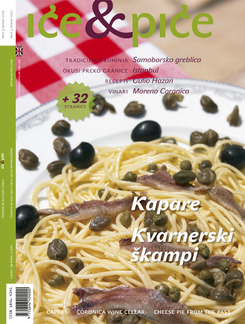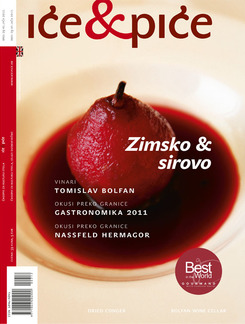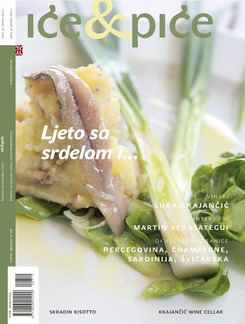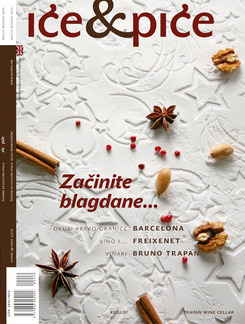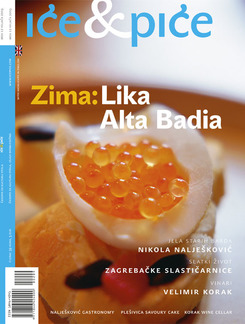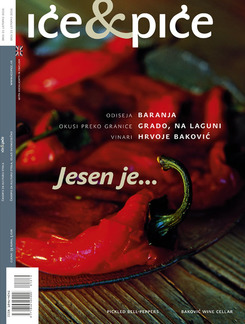In that long ago 1864, Zagreb was a small town with a population of about 16,000, an overgrown village, as one might say today, on the edges of the Habsburg Empire. But this was also a time of a major economic and social boom. Four years before the fair, Zagreb was at last in the railway network (with the Zidani Most to Zagreb line), which undoubtedly boosted its role as transport and trading node. When in the same year the Trades and then the Husbandry Society was founded, the outlines of some organised trade fair events began to appear on the horizon. This way of showing and selling goods went back to the end of the 18th century, when most European cities encouraged trade outside purely local frameworks. The first large international exhibition in which Croatian tradesmen took part was organised in London in 1851, where, as at the later Paris (1855) and the second London (1862), they gained some considerable lauds. At the 1851 show, there were 34 Croatian exhibitors and they took 11 medals and 10 honourable mentions. Clearly, in the 19th century, we were not lagging behind the rest of the world. The first big trades show in this area was held in 1844 in Ljubljana. The trade exhibition was a place for networking and exchange of experiences and ideas in the economy that grew and grew.
Our first trade fair
Twenty years later, at the urging of the Chamber of Commerce, and above all of its secretary, Josip Ferdo Devidé, Zagreb had the biggest fair in its history. As we can read in the exhibition catalogue of 1864 it was a major experiment the main committee of which meant it primarily for the objective of showing to the world as accurate an image as possible of our homeland... and that its inhabitants are a people who, although it was for centuries the live bulwark of Western Europe… just as boldly it brandishes the spear and sabre, can also wield the needle and the plough.
Indeed, the catalogue issued for the exhibition in Croatian, Italian and German, shows a cross-section of the whole economic and social picture of Croatia at that time. At the site of what is today the University administration and the Law Faculty, a building that had been meant to be a hospital, but was soon turned into a tobacco factory, from August to October 1864, the First Land (provincial) Husbandry and Trades Exhibition was held. We know from the capacious catalogue that there were 3,386 exhibitors from Croatia. There were 32 sections, showing products of all branches, livestock, metals, pottery, artworks and antiquities. Seven hundred vintners took part, including four producers of champagne-type wine, the most visible being Pokorny, the celebrated liqueur producer. At that time every wine produced in the champagne method could be called champagne. Although there were relatively few food products, at last those produced industrially, it is not uninteresting for our story to flick through the catalogue and see what food and drink was on offer.
Fair curiosities
If we exclude livestock and poultry, next to the section devoted to vintners and liquor makers (and products associated with them like beer and vinegar), food was laid on in sub-sections of field and horticultural products, oils, waxes, fat, sugar, cheese, eggs and soap. Among the products, as is to be expected, there are mainly grains, vegetables, cheese and other rural products. Thus we read that Samojlo Čoporda from the Ogulin Regiment showed at the fair pears, to wit: krvavke, carevke rane, ozimače and batvače, and apples, to wit srčike, kožaljke i mandafije as well as odoranke peaches. Ivan Giordan from a factory in Rijeka brought a selection of various kinds of pasta; Mirko Fabiančić of Kalinovac brought a pumpkin that would grow to a hundred pounds in weight. Count Oskar Keglević of Pregrada had at the show maize and sugar sorghum. Adela Klempaj from Vrhovec in Zagreb had a stand with several kinds of pasta, for soup, and other, useful and high yielding for every household, made by hand only; they can last for a long time and are also suitable for distribution. There were dried fruits and vegetables, various kinds of legumes and other vegetables, as well as many kinds of flour, which were showed by owners of factories and mills. In the 11th sub-section, after the 10th, meant for wine, there are vodkas, liquors, vinegars, beer etc, in which most of the exhibitors showed various kinds of brandy, mostly šljivovica and grappa, while other kinds of brandies and liquors were shown by but a few exhibitors, like Nikola Luxardo, then owner of a factory in Zadar that produced the celebrated maraschino.
Strossmayer’s brandies and cheese
Among them was Josip Juraj Strossmayer, Bishop of Đakovo, offering both grappa and šljivovica, and we can find his name again offering Swiss cheese. The next section was meant for oil, fat, wax and honey, confectionery, cheese, eggs, soaps and pomades. There was also olive oil from Makarska, honey from Šolta, soap from olive pomace, factory-made mustards, essential oil of rosemary from Split and among the most curious exhibitors was Vilko Švelec from Martinska Ves in the Zagreb Country with a goose egg weighing 297 g (17 lots in the units of those days) and 21.5 cm round. Among the skins and dried things we can find the Panis Factory from Sušak, which had prepared fish and greenery for keeping, alongside which was the flattering notice that they sold between 40 and 50,000 packets of its goods in England a year.
Lessons for the future?
It would be beyond the point to list all the products and long-since closed-down plants of the food industry (then in its swaddling bands), but systematic analysis of the catalogue of the First Land Exhibition would show the economic boom of the time, in production, and in consumer trends and fashions. After two months of being on show, the exhibition had an incredible success, and the media of the time tell of a thousand visitors a day. It is hard to estimate in today’s terms how much direct use there was out of it for the hospitality providers of Zagreb of the time, but it must have been something of a challenge to accommodate so many guests in such a little town. A hundred years after this event, which would have a successor only some twenty years later, in 1891, it was marked by an exhibition in Zagreb City Museum. There was then clearly more understanding for the social and economic history of the city of Zagreb, and it is possible that some individuals can be credited with this, like Dr Miroslava Despot, who dedicated her professional life to the economic history of Croatia and who put on the anniversary show of the time. And now, at the end of this little tribute to this important anniversary, it’s time to drink a toast in champagne made from Croatian grapes and thank those who collect bits and pieces of history and, even more so, even think about them.
